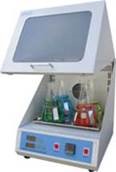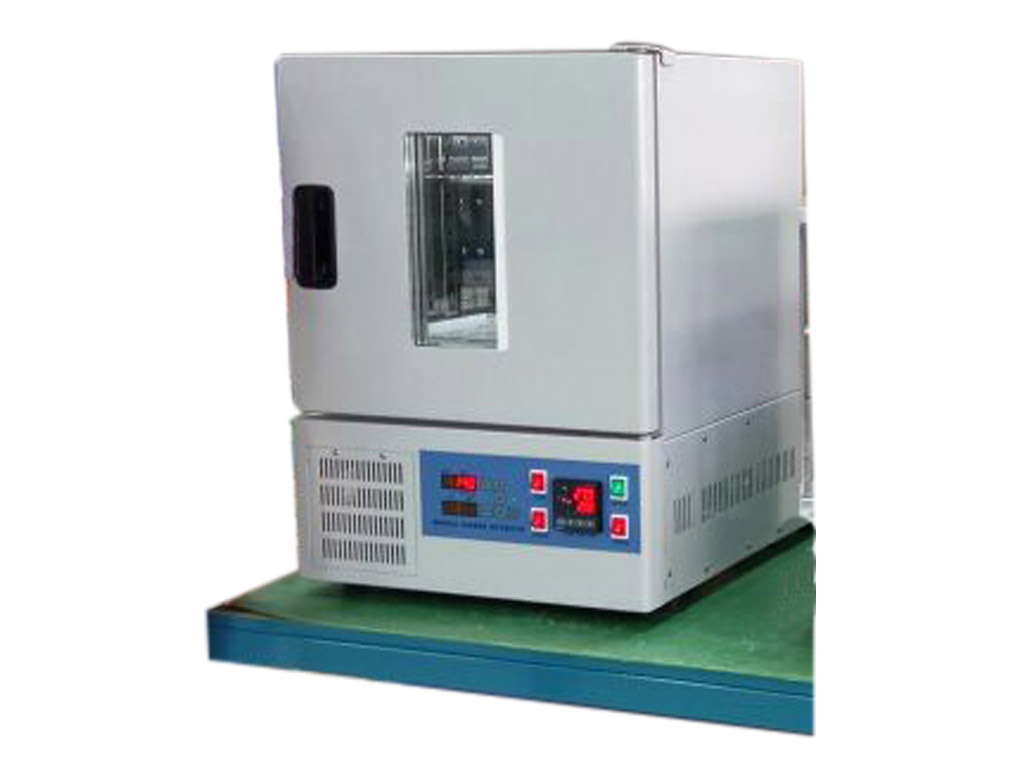Shaker Incubator Product Category
Choosing an incubator shaker
Temperature range:
If you need to work at temperatures above room temperature (above 30 degrees Celsius) only a heating shaker incubator is needed.
If you need to work at temperatures below room temperature, a heating shaker incubator with cooling is needed.
What is a shaker?
The main part of the incubator is the shaker: An eccentric shaking system based on weights Designed for intensive work for weeks and months continuously.
Desktop or Floor:
If small quantities of utensils need to be shaken, a table incubator (up to 20 250 ml arlenmayers) can be sufficient.
If it is necessary to shake a large amount of Erlenmeyers or dishes in large volumes (3 liters or more) a floor incubator is required.


Uses of Incubator Shaker:
Incubation of microorganism, bacteria, cells and tissues, for research and production In the field of life sciences, Permata, biotech, aquaculture-algae, natural colors, Seeds for agriculture, and in medical research Very common in growing algae and in the production of artificial meat, there are and add to the day and night lighting or UV lighting.
shaker Incubator Applications:
Biological shakers are essential to cell culture applications :
-Cell and tissue production in regenerative medicine
-Reproductive medicine controlled growth process in pharmaceutical research
-Cell cultrure ,tissue, grow bacteria and yeast, fungus, insect cells, plant cells and algae, plasmid dna production & protein expression, Seed cultures
-Safe tissue production with adherence to all international regulations and requirements such as cell culture under cleanroom conditions
-Food quality testing
-Studies of solubility
-It can cultivate microbial cells and various kinds of strains.
-Enzyme reactions- fermentation, hybridization, biochemistry and research of enzyme
What can be put into the Incubator Shaker?
An incubator shaker is a versatile laboratory instrument used for a wide range of applications, particularly in microbiology, cell culture, and molecular biology. You can place the following items inside an incubator shaker:
Microbial Cultures: Bacteria, yeast, and fungi cultures for growth and propagation.
Cell Cultures: Mammalian, insect, or plant cell cultures used in research or industrial processes.
Flasks or Bottles: Erlenmeyer flasks, bottles, or other containers holding liquid media or cultures for mixing and incubation.
Plates: Petri dishes, multi-well plates, or culture plates for growing bacteria, yeast, or cells under controlled conditions.
Media: Liquid culture media for biological samples that require shaking and aeration during incubation.
Enzymatic Reactions: Solutions or mixtures undergoing enzymatic reactions that benefit from controlled temperature and agitation.
Protein Expression Cultures: Bacterial or yeast cultures used for the expression of recombinant proteins.
Fermentation: Cultures undergoing fermentation, where shaking helps in the process of oxygenation and nutrient mixing.
DNA/RNA Isolation Samples: Biological samples that require shaking during incubation for efficient extraction or isolation of genetic material.